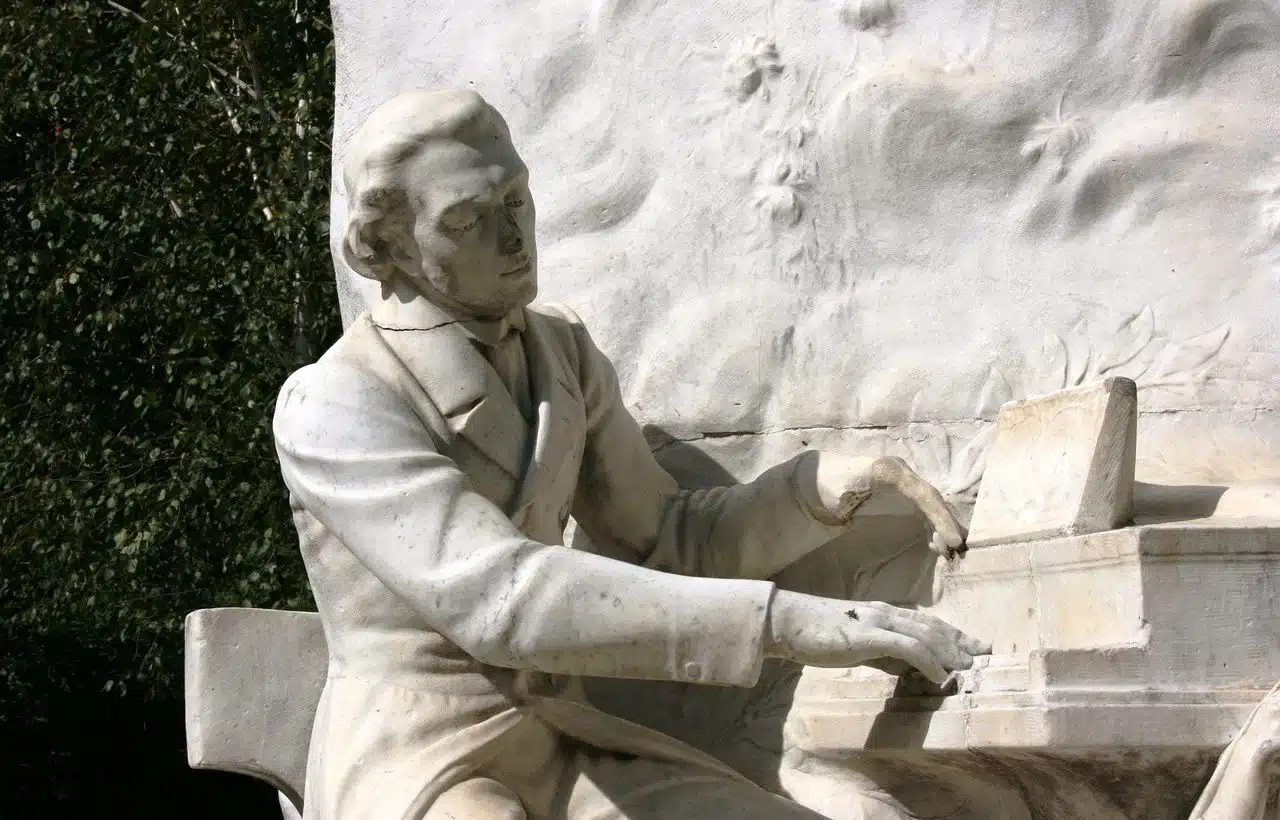
A prelude can be the preview of something: "The black clouds were the prelude to the storm."
Prelude is a term that originates from the Latin praeludium and is used to name what acts as an introduction or beginning of something. The prelude generally precedes the main thing or the central and most important piece.
A television report about a soccer match may show a team's first goal and comment that it was the prelude to a lopsided victory. In this way, reference is being made to the fact that said goal was the predecessor of others that ended up defining a win in favor of one of the teams.
A discussion between a minister and the president of a country , on the other hand, can be considered a prelude to the possible resignation of the official, while the appearance of black clouds in the sky can be the prelude to a storm .
Prelude in music
In the field of music , the prelude can be the symphony that precedes a work or the short-duration composition that usually precedes the performance of another longer work. The prelude can be considered a kind of introduction to a sonata, fugue, or other type of movement. In the case of a ballet or an opera , the prelude is the overture .
In many cases, the prelude is an improvisation that serves to introduce a composition. This acceptance of the concept is linked to the understanding of the prelude as something that is performed or sung as a rehearsal, either to acclimatize the voice or to test the sound of the instruments. There is a concept called interlude , which was formerly a composition played by organists between the stanzas of chorales, and which currently also serves as an intermediate piece of a popular album.

In music, the prelude is an introduction.
Opus 28 by Chopin
Although it is usually expected that a prelude precedes another piece of greater length and importance, such as an ostinato or a fugue, in the case of the opus 28 of the great Frédéric Chopin there is nothing more than 24 masterful preludes, each one with its own character, well defined and very different from the rest, forming one of the most celebrated works in the history of piano music.
Let's look at some of the main preludes of this set, to highlight in a few words its main features. The first, in C major, can last approximately half a minute and is a joyful and fleeting repetition of figures, which effectively welcomes us to the rest of the preludes. The second and third, in A minor and G major, respectively, exceed it in duration and go through different emotions, passing through slowness and monotonous sobbing and gaining a certain speed towards the end.
Prelude number four is one of the best known. It was composed in E minor and is known as "Despedida" ; Its accompaniment is heavy and sad, as if it were a painful march never to return. It's not long before the lamentations turn into suspense and contrasts between high and low, and later into a race to return to peace.
Each prelude seems to tell its own story , and the emotions follow one another quickly and violently, without great transitions between joy and despair, between desolation and hope. The best-known prelude of the set is number 15, in D flat major, also called "Raindrops" ; It is a sweet and cozy melody that is constantly whipped by an A flat that grows in intensity until the cloudiness leads to a storm, finally clearing the sky and returning to the apparent calm of the beginning.
